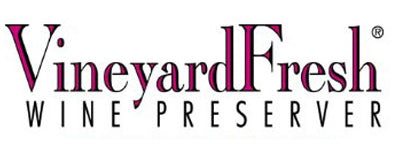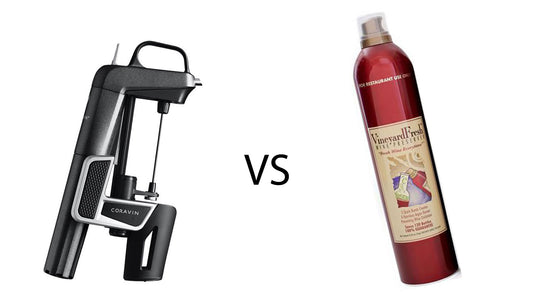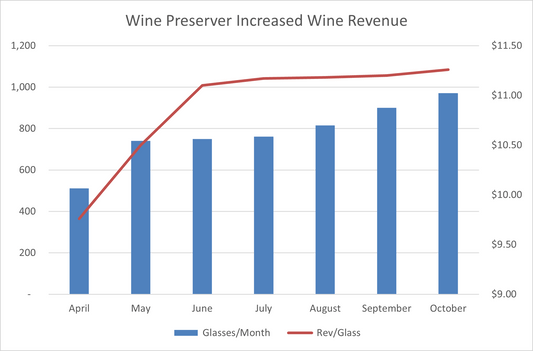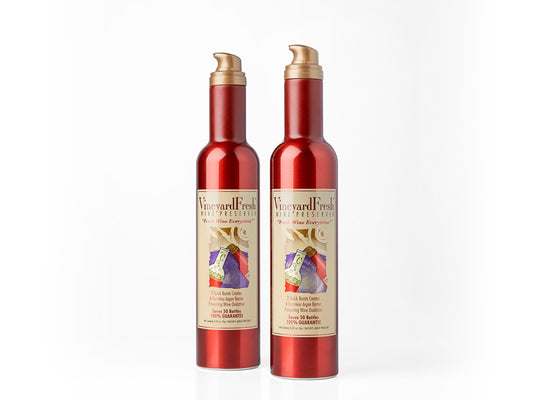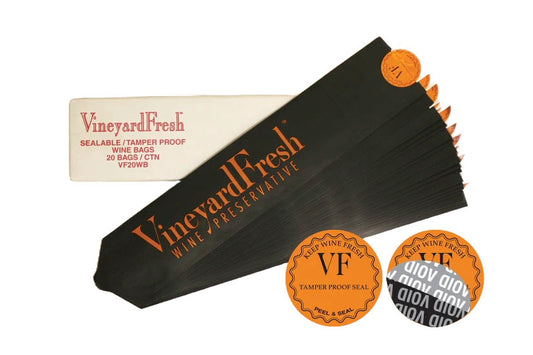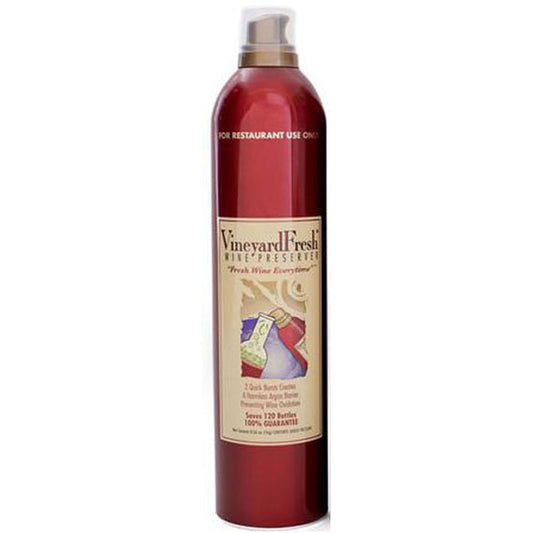Expanding on the initial insights, VineyardFresh Wine Preserver emerges as a vital tool for restaurants striving to navigate the tumultuous landscape depicted in the 2024 Silicon Valley Bank (SVB) State of the Wine Industry report. The challenges outlined - such as dwindling demand, an overabundance of stock, and the critical need for market adaptation - underscore the imperative for innovative solutions that can drive revenue while minimizing waste.
How Can VineyardFresh Wine Preserver Help?
Incorporating a wine preservation system like VineyardFresh enables restaurants to dramatically extend the shelf life of open wine bottles, thereby reducing the economic impact of spoilage. This not only supports the offering of a more diverse wine selection by the glass but also encourages the exploration of higher-priced, premium wines. The ability to serve wines from across the globe without the risk of waste can significantly enhance a restaurant's appeal, drawing in enthusiasts eager to sample rare or upscale vintages.
Moreover, the adoption of VineyardFresh can serve as a cornerstone for promotional strategies aimed at differentiating a restaurant in a competitive market. Special wine tasting events, pairings, and educational sessions can be hosted with greater confidence, knowing that the quality of the wine will remain intact. This opens up new revenue streams and marketing opportunities, allowing establishments to connect with customers on a more personal level and build loyalty through unique dining experiences.
Additionally, in an era where sustainability is increasingly important to consumers, the reduction of waste associated with preserving wine aligns with environmentally friendly practices. This not only helps in cutting down costs related to waste but also positions a restaurant as a responsible player in the community, potentially attracting a clientele that values sustainability.
The Bottom Line
In conclusion, amidst the challenges forecasted by the 2024 SVB report, tools like VineyardFresh Wine Preserver offer a beacon of hope. By enabling restaurants to maintain wine quality over extended periods, they can adapt more fluidly to market demands, optimize their inventory management, and create a differentiated dining experience that resonates with a broad spectrum of wine lovers.
The strategic implementation of such preservation technology could indeed be a pivotal factor in navigating the complexities of the current wine market, fostering growth, and enhancing profitability in the process.
